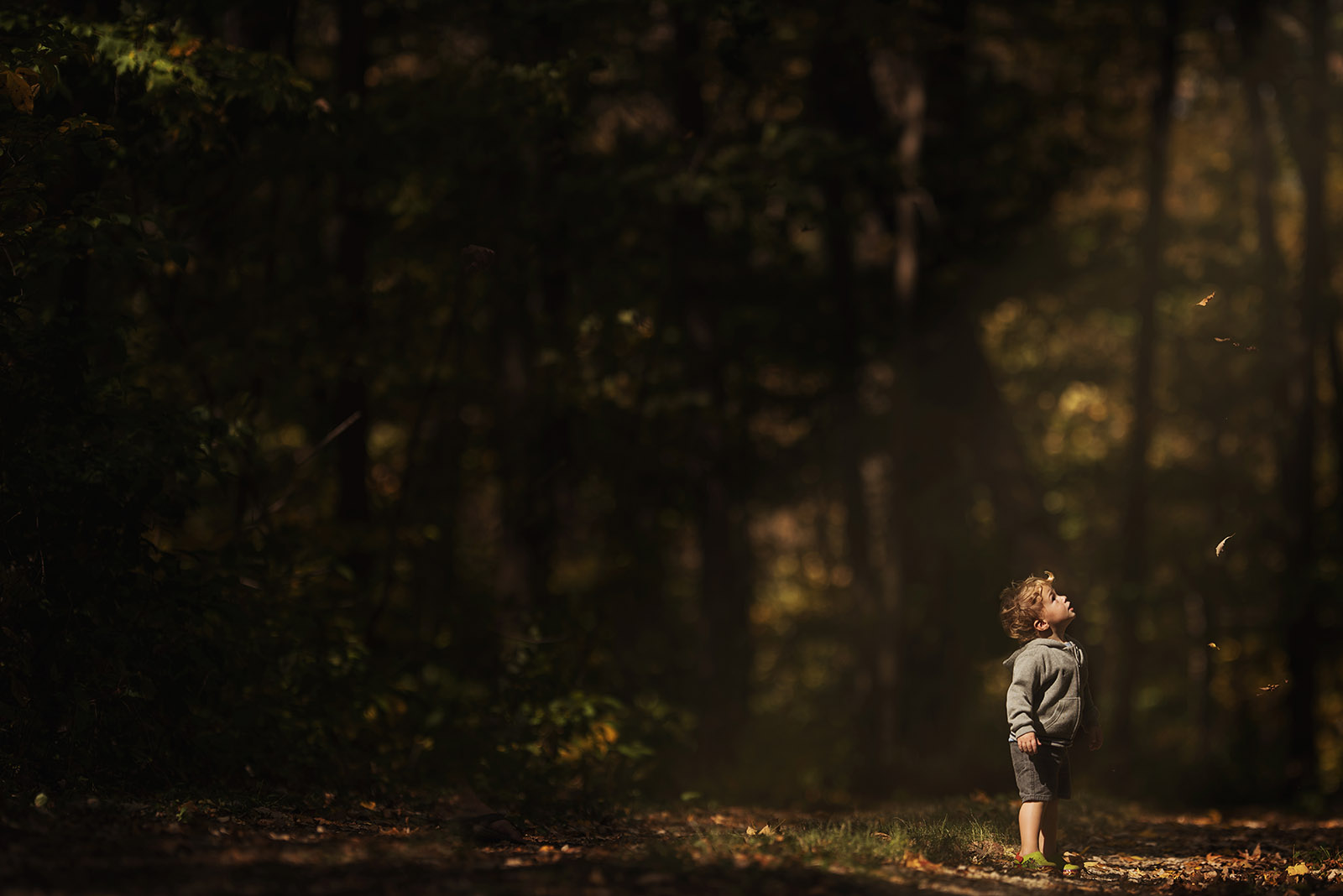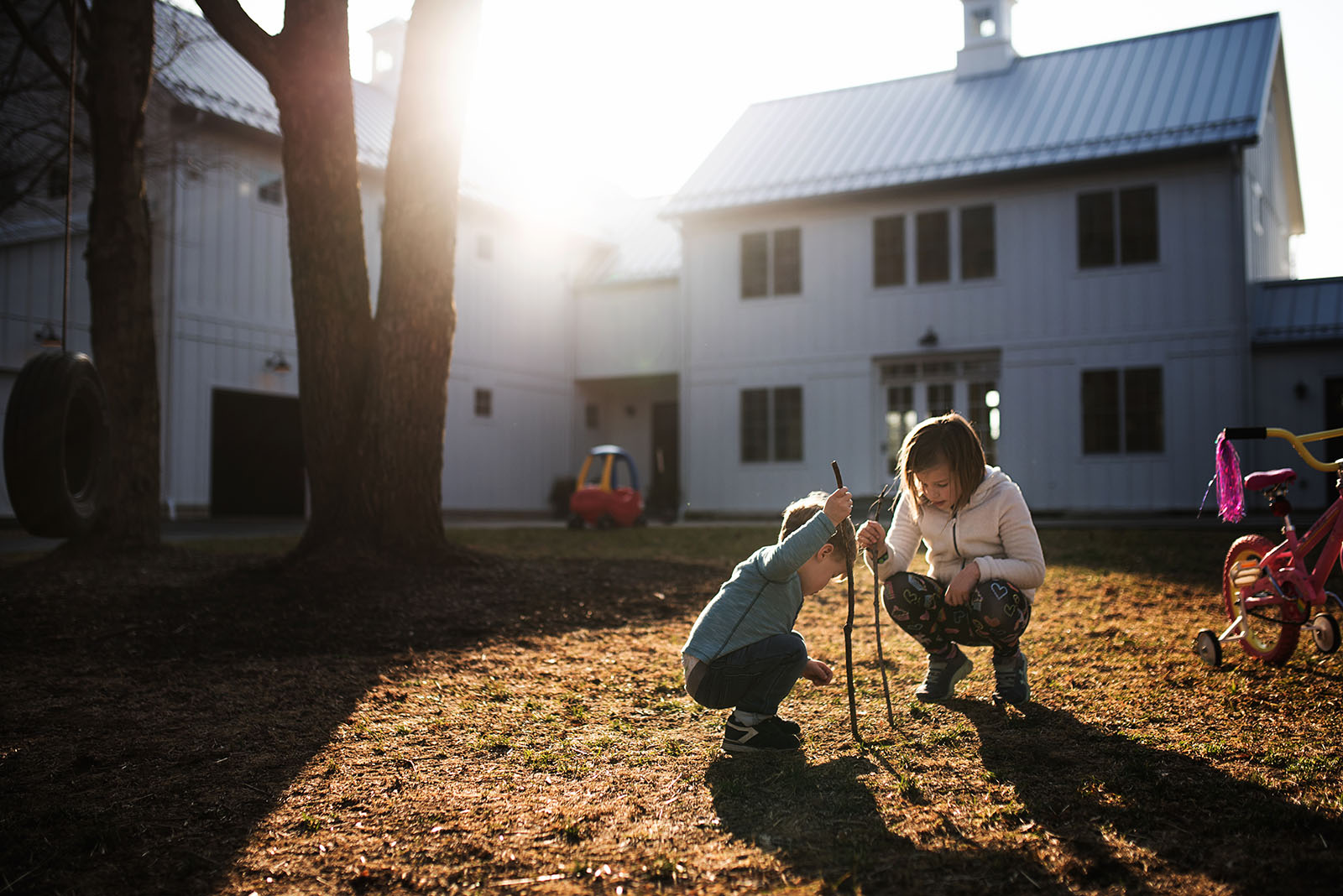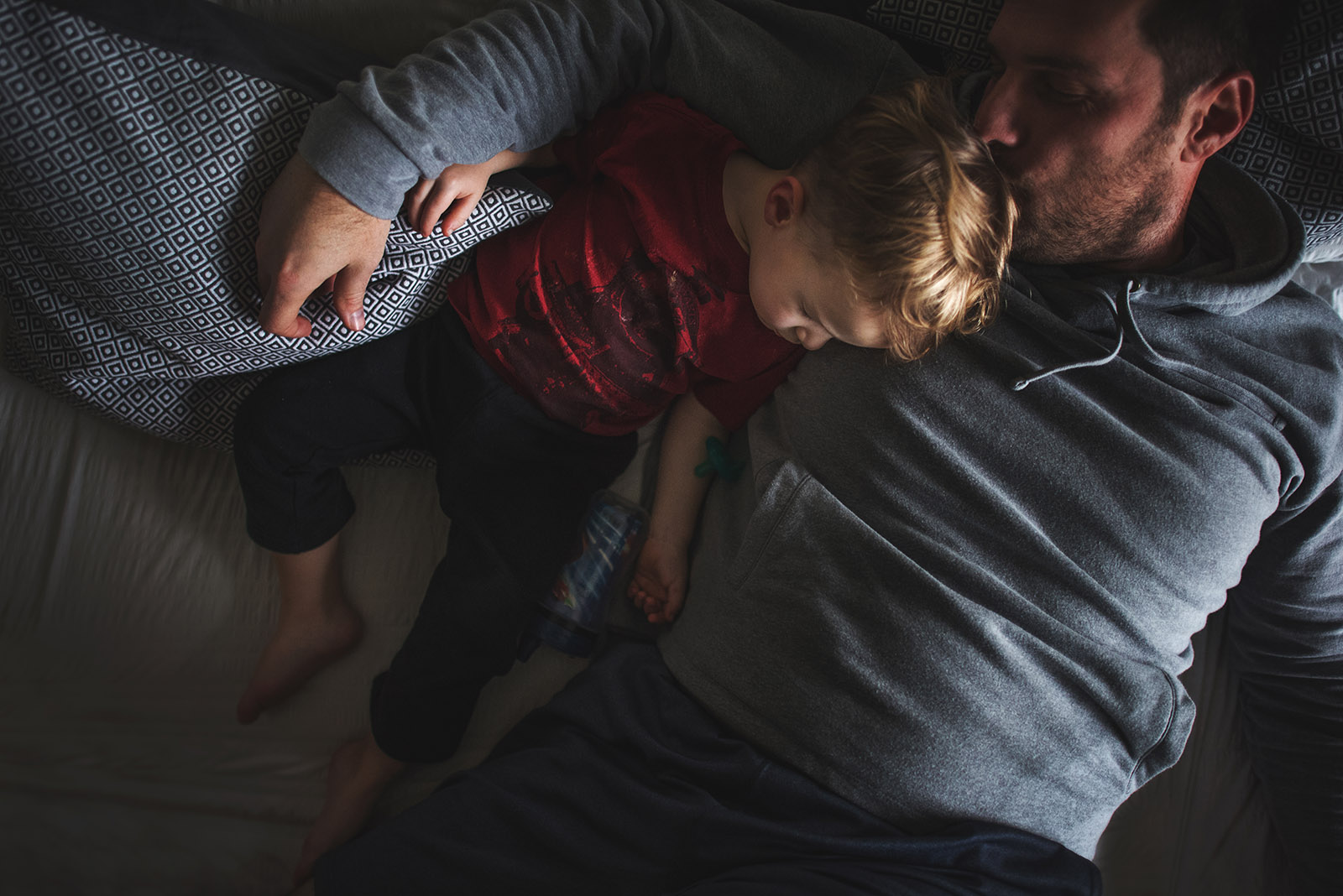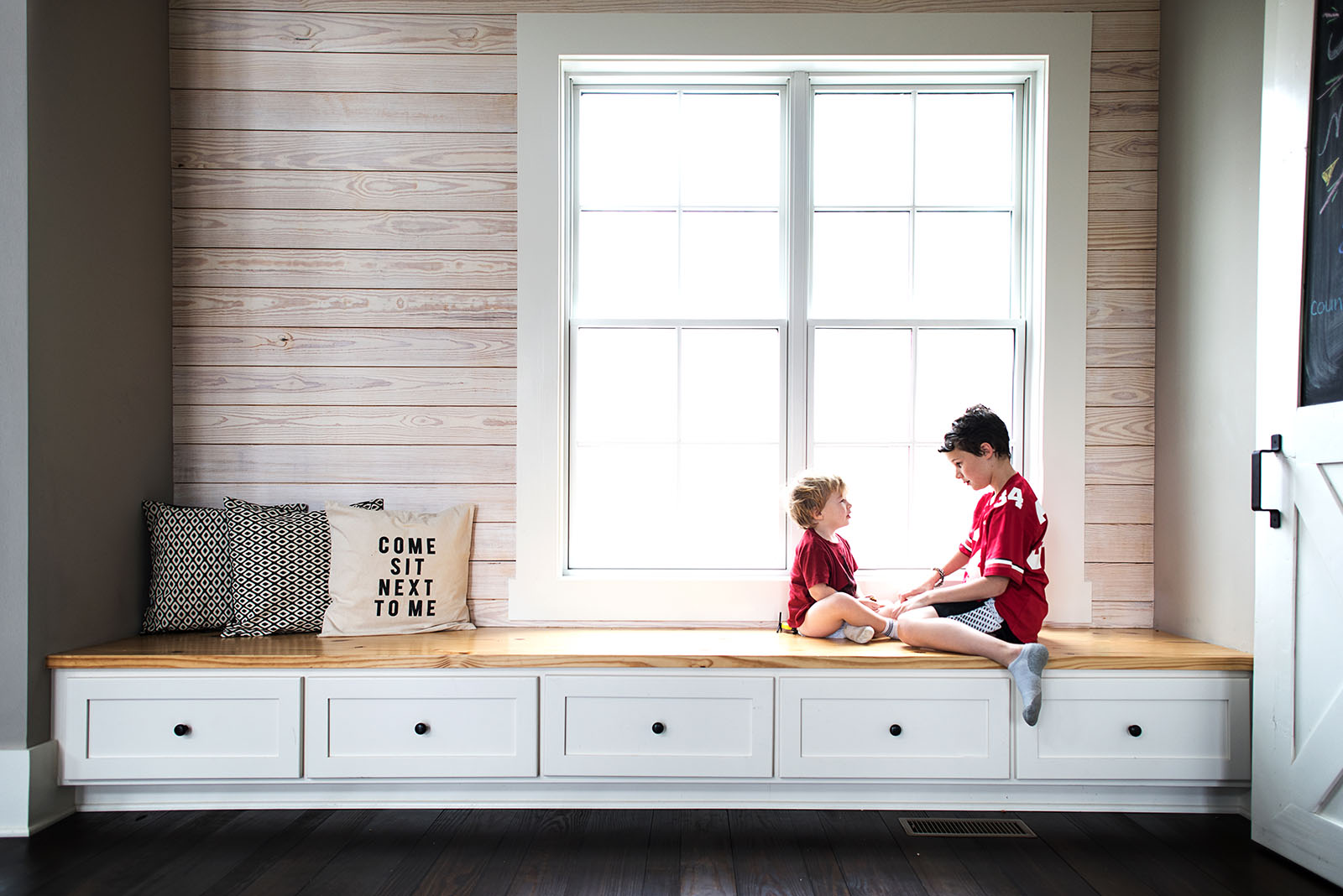Let’s rewind to Christmas morning eight years ago.
For months I had been dropping not-so-subtle hints to Mr. Bieser about wanting a “nice camera” and on this day I gleefully opened my very first DSLR: a Nikon D-something-thousand that held all the promise of capturing my family beautifully while giving me the creative outlet that I had been craving as a mother of young children.
I was filled to the brim with excitement and I couldn’t wait to start shooting.
So imagine my disappointment when those very first photos weren’t the frame-worthy images I had been dreaming of.
Why were my pictures so dark? And then why were they really bright? Why couldn’t I get that blurry background that I saw in magazines and why were my kids’ faces fuzzy when I tried to take a portrait?
Clearly there was something wrong with this camera!
Or not.
See, while I knew that a fancy camera held the potential to make my photographs better, I didn’t take the time to figure out how and why it could do that; I just thought it would come out of the box and create instant magic!
I would like to say that I quickly learned the error of my ways, but it took me YEARS to learn the lessons I am going to share with you in just one blog post…


1. The photographer takes the picture, not the camera.
It is 100% true that great cameras can take great photographs, but it is also true that great cameras can take terrible photographs.
I have seen weddings shot on phone cameras that look like they belong in a museum and I have seen images shot with top-of-the-line gear that look like they belong in the trash can (all you have to do is dig for a bit on my old hard drives for those!).
The point is, if you don’t know how to make that camera do what you want it to do and you don’t take the time to use light, composition, and subject matter to create an interesting scene, then it won’t matter how fancy the camera is, the picture won’t be good.
While I am all for you investing in a new camera, I don’t want you to think that it’s going to do all the work for you. That will only lead to frustration.


2. Having a fancy camera is not going to save you money.
Oh, I was so cute all those years ago when I told Mr. Bieser how much money I was going to save us by taking our *own* family photos with my new camera. It would be like having a professional session every single day!
Turns out, it took a long time for my photos to look anywhere close to a professional. By the time I got there, I had invested a LOT more money in camera body and lens upgrades, education, props, lights, and accessories (because have you SEEN all the cute camera bags out there?!?!).
This isn’t to scare you away by any means, just understand that professionals charge you because photography isn’t cheap and this isn’t likely going to be a money-saving venture.

3. Consider buying the camera and lens separately.
Most entry-level cameras come with something called the “kit lens.”
On the plus side, this lens is usually pretty versatile as the manufacturer wants to accommodate as many kinds of photographers as possible. On the negative side, it’s going to have some limitations in respect to its performance as the manufacturer wants to keep costs down on the camera-lens package as to not scare away potential buyers.
My advice is to consider buying the camera body and lens separately so that you can get something that has the potential to give you the results you want even if it means sacrificing a bit of the versatility. I love the 50mm f/1.8 as a starter lens as it has a wide enough aperture to perform well in low light, gives great bokeh for portraits, and won’t break the bank.


4. Take the time to learn your camera.
You know that big old manual that is the first thing you see when you open the box? Read it!
I know it isn’t the most thrilling read you will ever come across. However, having a working knowledge of where to find different functions on your camera and all of the things it’s capable of doing will only help you in the long run.
If you just can’t bring yourself to read that, search on YouTube for some unboxing videos and tutorials for your specific camera model. The more comfortable you get with the camera and how it works, the better prepared you will be to start taking the kinds of photos you want.

5. Take the time to learn about photography.
Even after you know all about the functions of your camera, you will need to learn how to utilize them to create a successful photograph. Understanding the exposure triangle, color theory, and composition will be key in getting the results you want consistently.
Whether it be at a community center, your local camera store, or through an online program like Click Photo School (where I learned *everything* I know about taking pictures), continually educating yourself on the skill of photography will allow you to create technically sound images that also match your style and help you develop a unique artistic voice.
One thing I did have right all those years ago? I was EXCITED.
Photography is fun. While it is a journey that requires patience and practice, it’s a complete joy when it all starts to come together and you’re able to capture the world around you in a way that matches the beauty of your memories.

The post Want a fancy camera? 5 things to know before digging into photography appeared first on Clickin Moms.






